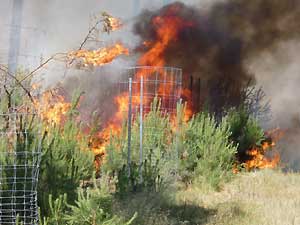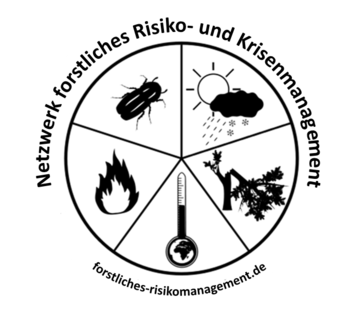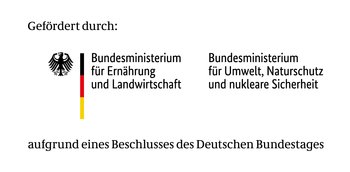Besides silviculture and technical precautions, financial precautions are also important. Damages resulting from fires are not only a financial loss in terms of destroyed stands, but also a reforestation and fire fighting cost. Various means are available for forest owners to manage the financial magnitude of the incident.
Forest Fire Insurance
Forest fire insurance is a way to reduce the financial impact of a forest fire. The fire risk potential is estimated based on tree species and age and further risk influencing factors such as geographic position, site conditions, silviculture, maintenance condition and degree of infrastructure. The insurance covers an agreed insured sum, calculated as compensation for the financial loss of the stand destroyed by fire. Costs for reforestation and usually not covered by fire insurance. These costs may be financed by funds as applicable.
Lump sum or comprehensive insurance is also possible. With lump sum insurance, in the event of damages, an agreed insurance sum is paid out, without deducting any proceeds from selling fire damaged timber. This type of insurance is recommended by the German Forest insurance office for older, low yield or multi-aged forest stands.
Higher insurance sums can be contractually agreed in a comprehensive insurance policy. Here, along with the loss of return on capital spent to establish the stand, silvicultural measures such as stand maintenance or thinning are also compensated. This type of insurance is appropriate for younger stands where there is not expected profitable to sell any fire damaged timber.
Furthermore, additional associated risks (firefighting water costs) can be insured. It should be noted here that in classic forest fire insurance, only one stand layer is insured. The forest layer of greatest silvicultural and economic importance is insured. This can mean that when underplanting in pine stands, the understorey has to be specially insured. Forest fire insurance can also be arranged as group insurance via a forestry association. More favourable conditions can be negotiated than for an individual policy. Contributions to forest fire insurance costs are made in some federal states.
Funding

Fig. 1: Forest fire in a pine plantation. (Photo: State forest enterprise Oder-Havel-Spree)
In the forest fire endangered states there are various funding options available to forest owners. In Mecklenburg-Western Pomerania there are special forest fire prevention grants in areas with medium and high forest fire risks (Forest fire danger class A and B), particularly for:
- establishing and maintaining fire breaks
- establishing and modernising water extraction points and
- establishing and modernising connecting tracks between main roads and the water extraction points in the forest.
Funds are not granted for the maintenance of water extraction points and forest tracks.
Support is available for silvicultural or underplanting measures which minimise the risk of forest fire. In Brandenburg targeted forest fire prevention measures and silvicultural measures are funded. Similarly to Mecklenburg-Western Pomerania the following investments to prevent forest fires are able to be funded:
- establishing and extending firefighting water extraction points
- establishing and maintaining fire breaks and protective strips and
- Upgrading and strengthening forestry roads
Forest owners can inform themselves about the various funding options over the internet or by contacting their local forest office.
Reserves
Along with insurance, which pays benefits in certain damage cases, financial reserves are another way to ensure financial security in the event of forest fire. Reserves from surpluses are not tied to a particular damage event and can help to redress the damage caused by a fire.
Risk acceptance
Consciously accepting the forest fire risk and forgoing financial insurance measures is also an option of dealing with forest fire dangers. However the forest owner has to make this decision deliberately and bear the risk and all its consequences him/herself.
Ultimately, each forest owner must consider and decide for him or herself how to deal with the risk of forest fire and which prevention measures to implement.
Learn more about forest fire prevention:
Forest Crises Management Advisory Guide
Back to the main page of the Forestry Crisis Management Advisor Guide: Overview of the different topic collections
Back to the article overview in the: Forest fire Topic Collection



